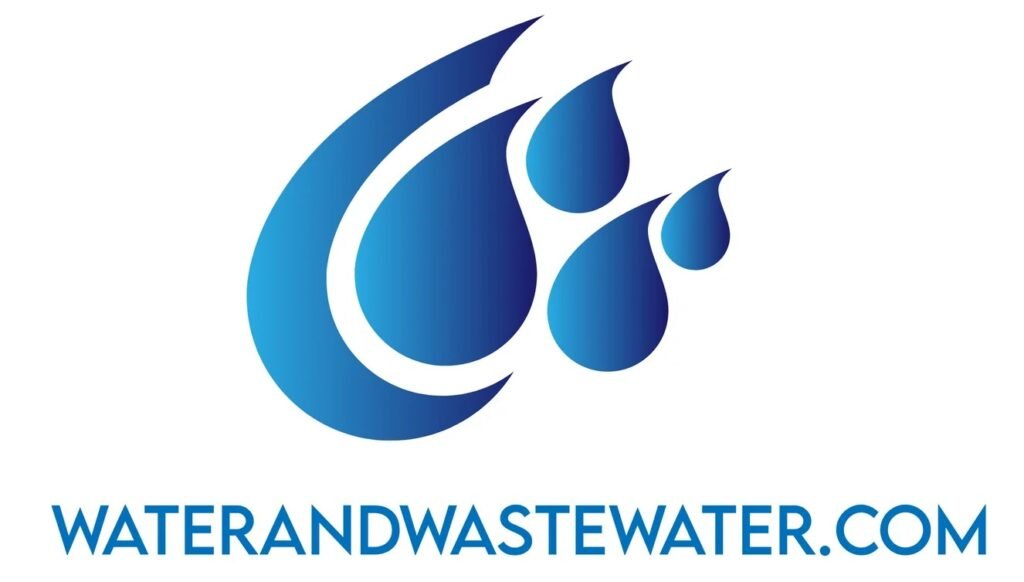
Tag: water treatment
Chemical contaminants are substances that can harm our health when they enter our water, air, or food. These pollutants come from many sources, including factories, farms, and everyday household products. They can cause serious health problems if we’re exposed to them over time. Chemical contaminants in drinking water can lead to cancer, organ damage, and […]
Sediments are tiny particles of rock, soil, and organic matter that settle at the bottom of bodies of water. These particles come from various sources, including erosion, decomposition of plants and animals, and human activities. Sediments play a crucial role in shaping landscapes, forming new rocks, and affecting water quality. The movement and deposition of sediments […]
Clean water is vital for our health and well-being. Microbial testing of water helps ensure it’s safe to drink and use. This process checks for harmful bacteria, viruses, and other tiny organisms that can make us sick. Microbial testing of water uses special methods to find and count these tiny living things. Some tests look […]
Biological indicators are living organisms that help scientists measure the health of ecosystems. These tiny creatures serve as nature’s own warning system, alerting us to changes in environmental conditions. From bacteria to insects, they provide valuable clues about water quality, soil health, and air pollution. Biological indicators play a crucial role in assessing ecosystem health […]
Chemical analysis plays a crucial role in understanding the composition and properties of substances. It involves various techniques to identify and measure chemical components in samples. These methods help scientists and researchers gain valuable insights across many fields. In everyday life, chemical analysis impacts us more than we might realize. From ensuring the safety of […]
In-situ monitoring is a powerful method for gathering real-time data directly from the source. This technique involves placing sensors or instruments at the exact location where measurements are needed. In-situ monitoring provides accurate, continuous data about environmental conditions, chemical processes, or physical changes without disturbing the system being studied. Scientists and researchers use in-situ monitoring in […]
Stormwater management is a crucial aspect of urban planning and environmental protection. It involves controlling and using rainwater runoff to prevent flooding, reduce pollution, and protect water resources. Stormwater management practices aim to mimic natural water cycles by promoting infiltration, retention, and filtration of rainwater where it falls. Effective stormwater management requires a combination of strategies, […]
Lift stations play a crucial role in wastewater management systems. These specialized structures help move sewage from lower to higher elevations, allowing for efficient transport across varied terrains. Lift station capacities range from 76 liters per minute to more than 378,500 liters per minute, making them versatile solutions for different community sizes. These stations come in […]
Pump stations play a crucial role in moving fluids from one place to another. These engineered systems use pumps and pipes to transport water, wastewater, or other liquids across distances or elevations. They are vital for many industries and public utilities. Pump stations help maintain water pressure, manage sewage systems, and control flooding in urban […]
Collection and conveyance systems play a vital role in managing wastewater in our communities. These systems transport sewage and other liquid waste from homes and businesses to treatment facilities. Proper design, construction, and maintenance of collection and conveyance systems are crucial for protecting public health and the environment. Wastewater collection systems come in different types, each […]